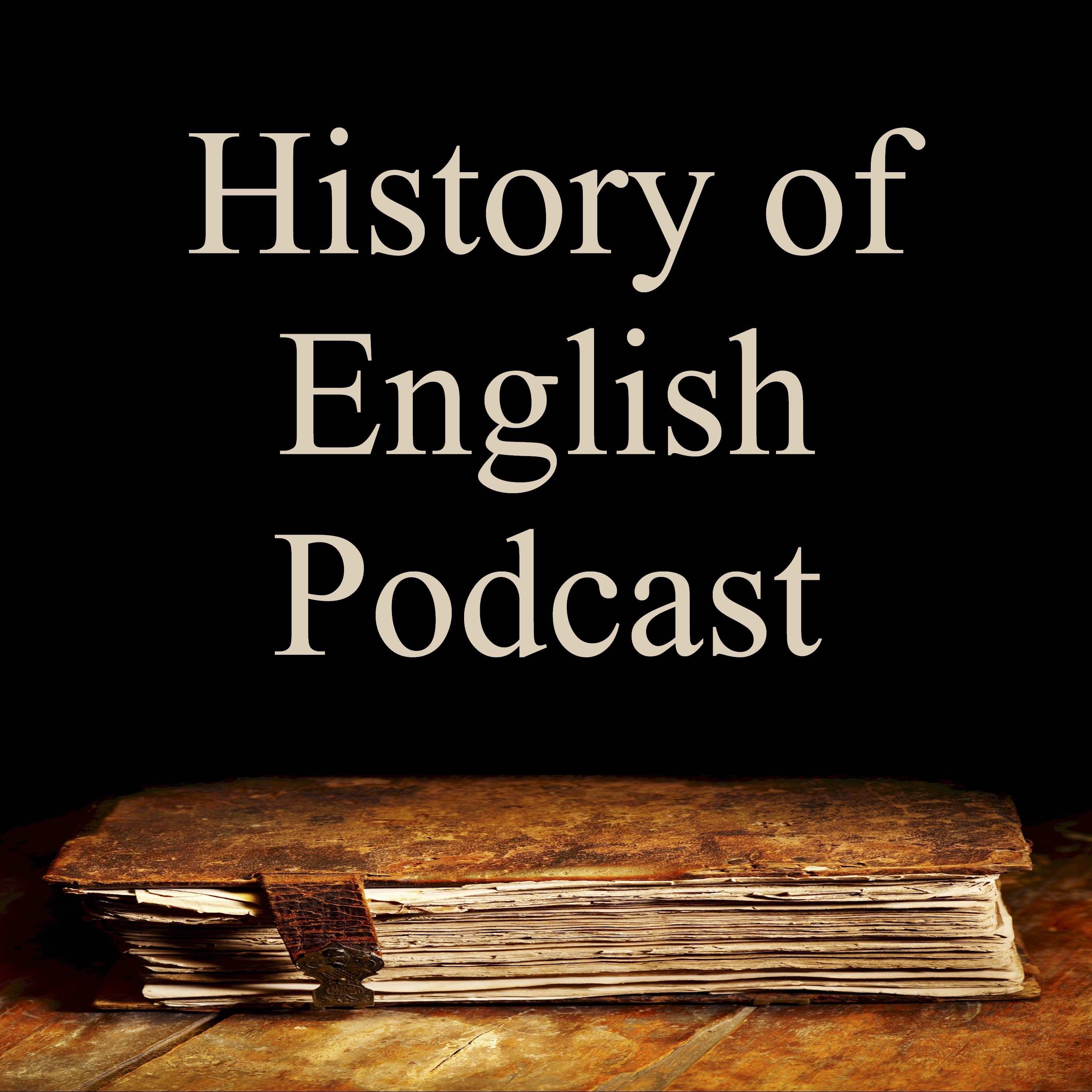Episode 145: A Sea Change for Europe
The period of European exploration and discovery began in the 1400s as part of an effort to find new trading routes to Africa and Asia. In this episode, we look at how European sailors and merchants began to think of the ocean as an international highway rather than a barrier to travel. We also examine the naval accounts of Henry VII's ships to reveal a variety of words recorded for the first time in English.
TRANSCRIPT: EPISODE 145
TRANSCRIPT: EPISODE 145
Press play and read along
Transcript
Transcript is processing—check back soon.
The History of English Podcast — Episode 145: A Sea Change for Europe
